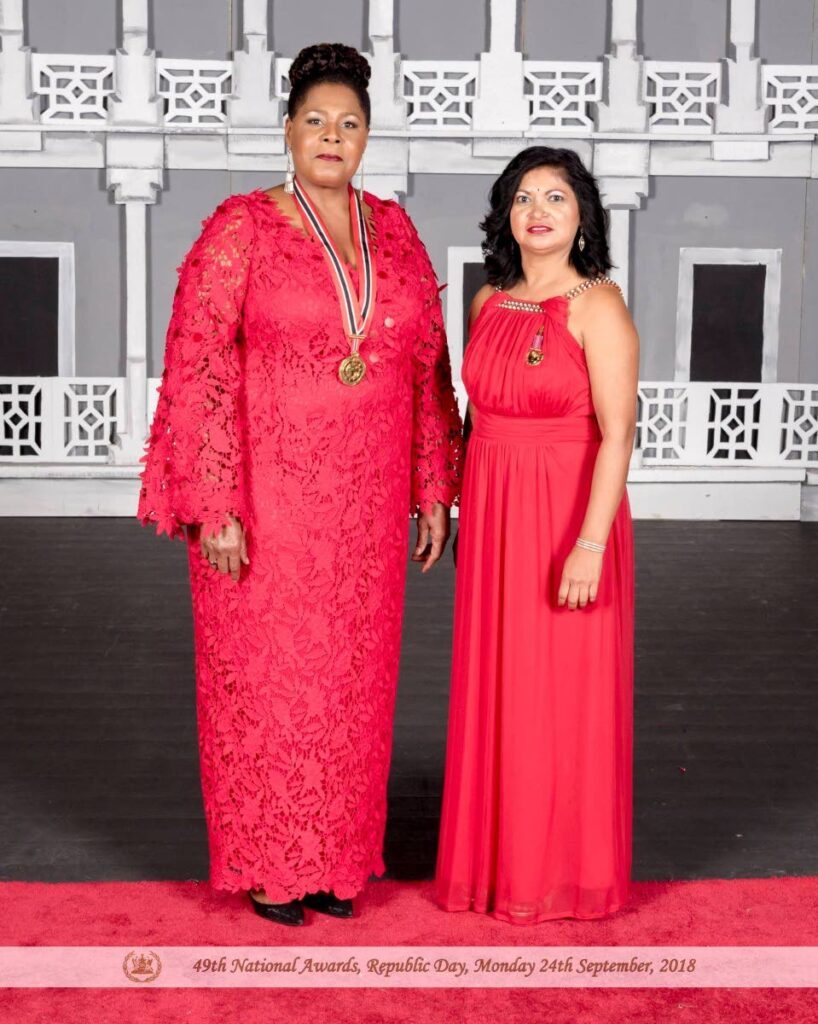Guyana being prepped to ratify heritage convention
February 12, 2013 By admin
| Stakeholders’ workshop seeks to raise awareness of intangible cultural heritage |
| Written by GINA |
| Wednesday, 13 February 2013 20:48 |
| THE Ministry of Culture, Youth and Sport, in collaboration with the United Nations Educational Scientific and Cultural Organisation’s (UNESCO’s) Kingston office for the Caribbean, Jamaica and the National Commission for UNESCO, Guyana, on Tuesday launched a two-day stakeholders’ workshop to raise awareness on the 2003 convention for the safeguarding of the intangible cultural heritage. The convention is one of seven held in the field of culture and is intended to ensure respect for intangible cultural heritage of communities, groups and individuals, to raise awareness and appreciation of the importance of such heritage and to provide for international cooperation and assistance. Prime Minister Samuel Hinds, who declared the workshop open, said that intangible things are of great importance in today’s society, and that the world today is truly coming together rapidly as one. “This is a good thing, this is something that many have been calling for all along, but there is the realisation that different cultures and languages may be dropped as the world becomes one,” the Prime Minister said. The Caribbean, with its four to 500 years of turbulent history around slavery and indentured labourers, has created a small area where the world has been coming together. PM Hinds said government realises that culture is an important aspect of nation building, and lauded the Culture Ministry for its effort to make cultural activities relevant to the country. Facilitator Dr. Kris Rampersad, said the workshop will explore the interrelation between and among the conventions, particularly, what these conventions have in store for the people of Guyana, and work towards implementing them. She explained that participants will have a chance to learn how these conventions could strengthen policies, infrastructure, legislation, and the policy framework. “We have the knowledge and the experiences that we can share with the rest of the world and we can use these mechanisms that UNESCO offers to do that,” she said. This programme started in 2006, and the domains covered by the convention include: oral expression and tradition; the performing arts; rituals and festive events; knowledge and practices concerning nature and the universe and traditional craftsmanship. At present, 149 countries have ratified this convention and 65 persons have been trained as facilitators. “If you know what tangible culture is and how important it is, then you become more committed to it,” said Director of Culture Dr. James Rose. He encouraged persons to participate in this edifying workshop which will be of great benefit to them. The workshop is being held under the theme, ‘Safeguarding our human treasure from generation to generation’. |
 Dear Lizzie,
Dear Lizzie, Monarchs and men beware, the scribes and bards like Shakespeare continue to reign the imagination, while kings are interred with kingdoms and churches. The dastardly fiction of our lives will live on...Letters to Lizzie release soon...meanwhile read about skeletons and more bones at
Monarchs and men beware, the scribes and bards like Shakespeare continue to reign the imagination, while kings are interred with kingdoms and churches. The dastardly fiction of our lives will live on...Letters to Lizzie release soon...meanwhile read about skeletons and more bones at ...recommended introduction of the award from the Women Agents of Change initiative it was meant to recognise the contributions to advanceme...
